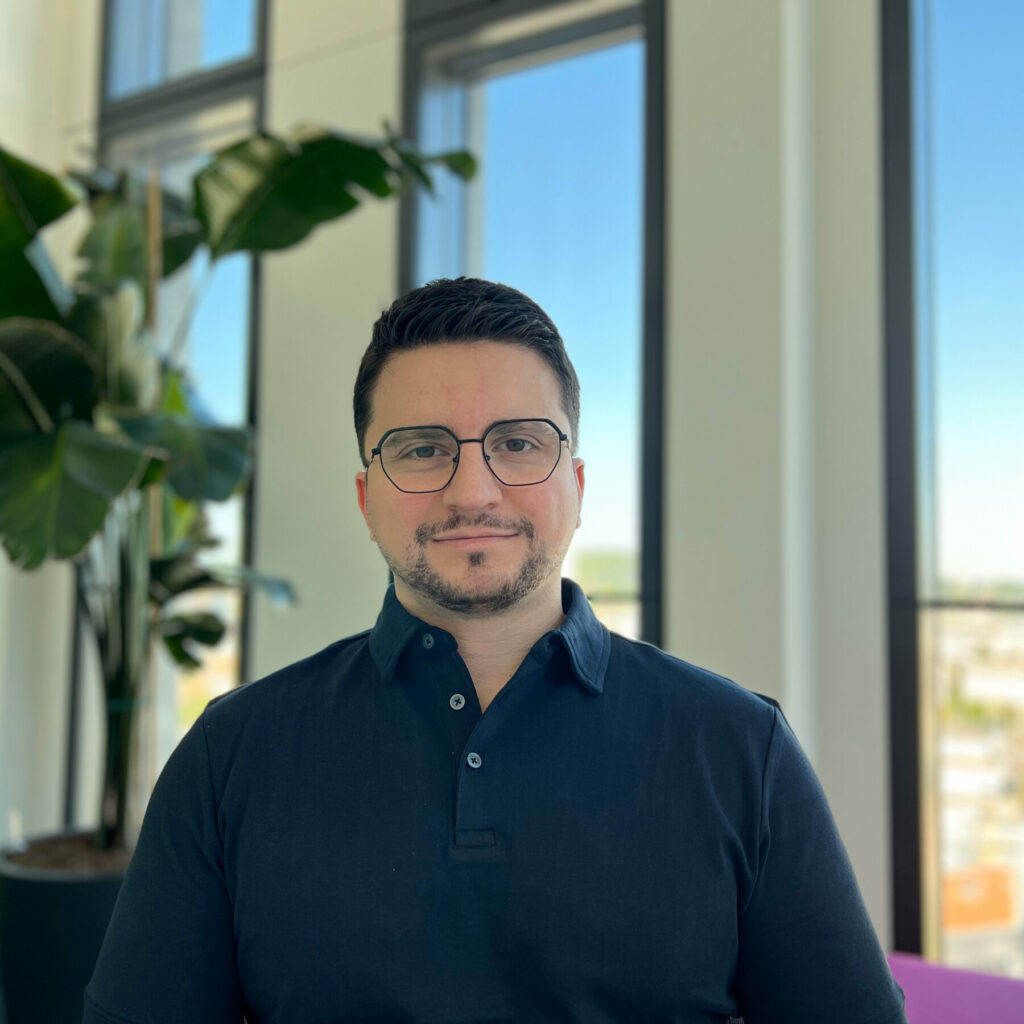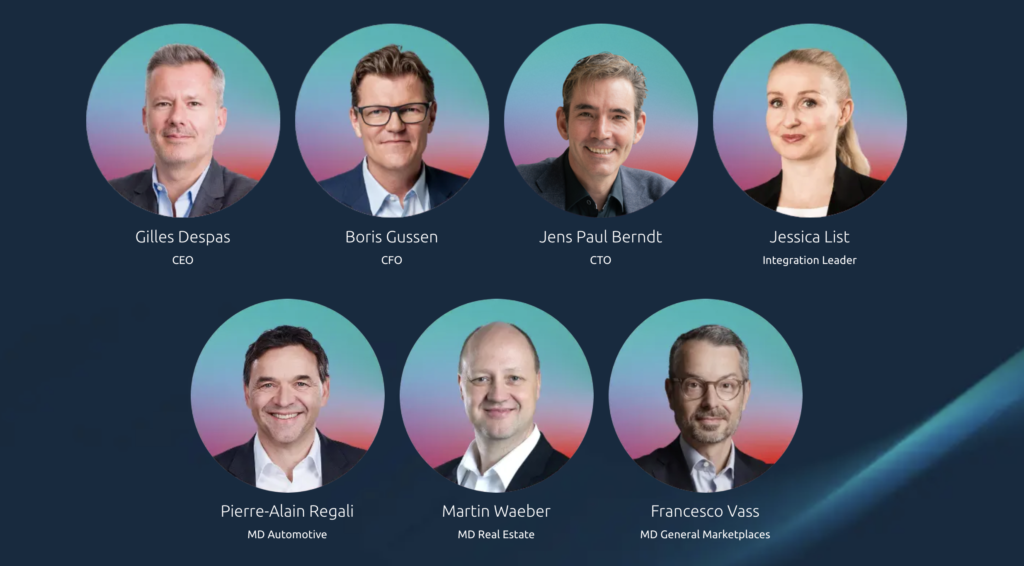Unser Team wächst weiter! Wir freuen uns, Jaafar als Advertising Infrastructure Engineer willkommen zu heissen.
Seit Anfang April unterstützt Jaafar unser Team – mit viel Erfahrung in Ad Technology, einem feinen Gespür für funktionierende Systeme und einer grossen Portion Neugier.
Jaafar Assaf – Advertising Infrastructure Engineer

Mit über sieben Jahren Erfahrung als Full Stack Engineer kennt sich Jaafar bestens mit technischen Setups aus – und sorgt bei SMG Advertising dafür, dass unsere Werbeinfrastruktur auf allen Plattformen reibungslos läuft: von der klassischen Website bis zur Mobile App. Ob neue Ad-Integrationen oder die Weiterentwicklung unseres Tech-Stacks – Jaafar sorgt im Hintergrund dafür, dass deine Kampagnen technisch einwandfrei ausgespielt werden.
Was ihn antreibt? Neues lernen, gemeinsam besser werden und ein kollegialer Umgang im Team. Und wenn er nicht gerade komplexe Systeme optimiert, spielt er leidenschaftlich gerne Schach – oder widmet sich seiner zweiten Passion: Uhren.

